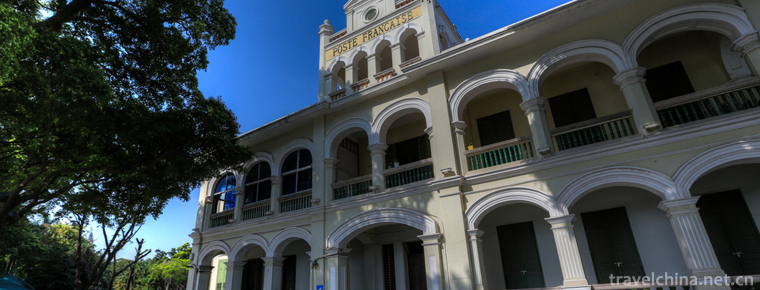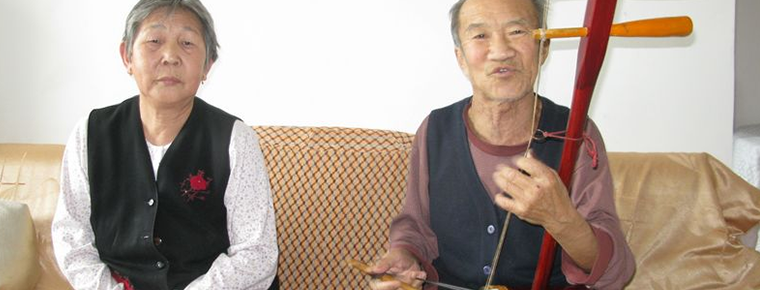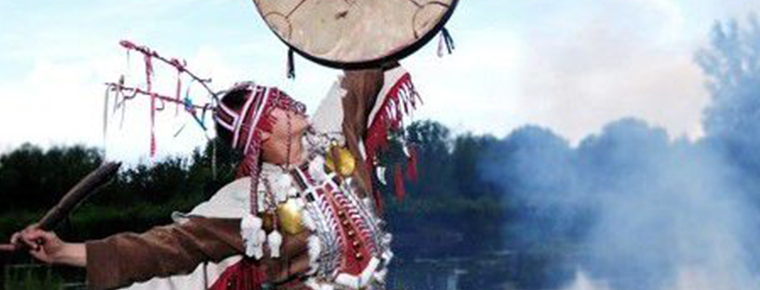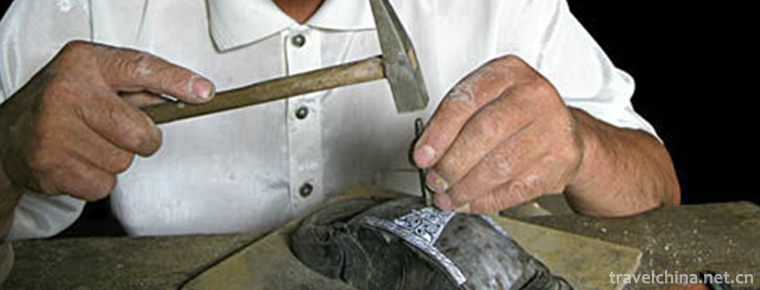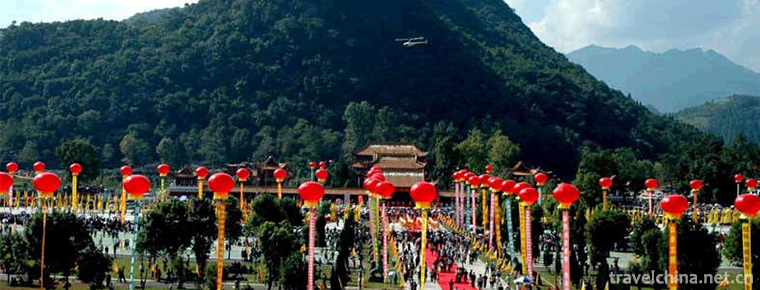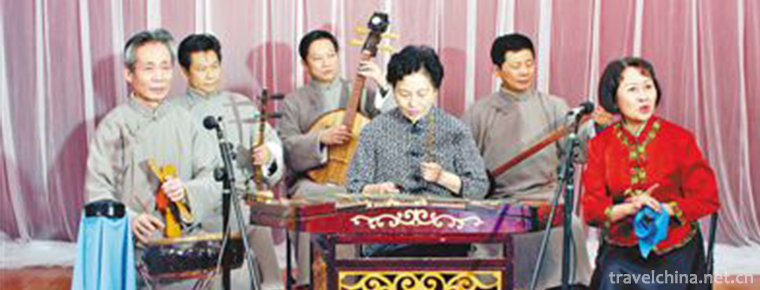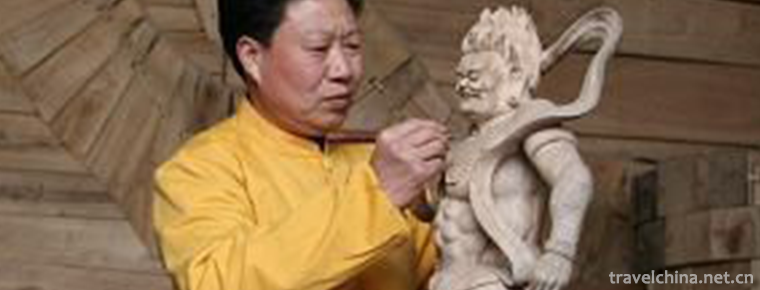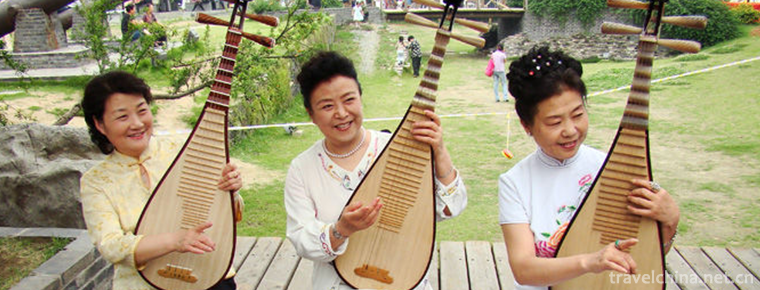Shaoxing Ci Tone
Shaoxing Ci Tone
Shaoxing Ci Diao, also known as Flower Diao, is commonly known as vernacular. It is a traditional folk song sung by blind artists (most of whom are women), and a story sung by three to nine people in different roles. It is a kind of folk art that transits from playing Ci to spreading reeds. It is popular in Shaoxing City of Zhejiang Province and its surrounding areas.
On June 7, 2008, Shaoxing Ci Tiao was approved by the State Council to be included in the second batch of national intangible cultural heritage list.
Historical Origin
The materials of the Song and Ming Dynasties all contain information about Shaoxing's singing art of "Blind Man Workshop" and "Village Blind Man... The record of "playing and singing words" and "playing and speaking words". Shaoxing Ci Diao's existing books (songs) and contents, Lyric forms, singing forms and so on, all reflect its inheritance relationship with the words and expressions flourishing in Yuan and Ming Dynasty, which is quite an ancient variety of folk art.
On December 12, 1916, Mr. Lu Xun's family sang Shaoxing Ci Tune, a "flower tune", to celebrate Lu Mu's sixtieth birthday. It can be seen that Shaoxing Ci Tune was very popular among the public at that time.
In the 1930s, Shaoxing Ci-tune flourished, with 50 or 60 artists; in the early 1950s, there were 22 artists registered; and in the mid-1960s, there were 10 artists.
Ten artists sang in the mid-1960s.
Traditional Bibliography
The traditional long bibliography of Shaoxing Ci Dialect has 18 old biographies, only 36 of which are lost seriously, and some of them are unique bibliographies of Shaoxing Ci Dialect, and there are still more than 50 "saving poems" (the opening part).
Inheritance Significance
Shaoxing has a long history of CI tunes, rich books (songs) and ancient versions. The singing music is simple and has a certain impact on the music of Hangzhou and Ningbo. But the artists are few and far between, and the music will be absolutely brilliant. Shaoxing's cultural department is stepping up its efforts to collect information and organize young actresses to learn and inherit.
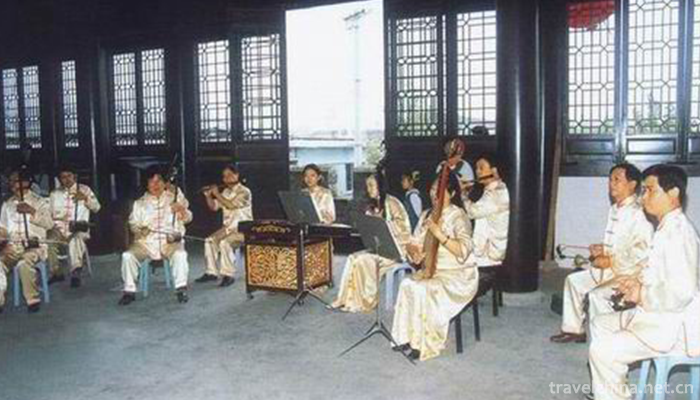
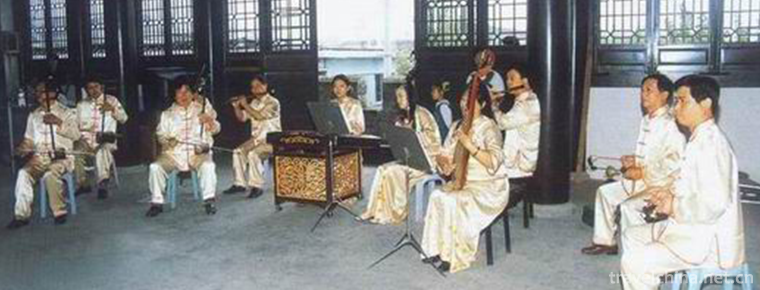
Shaoxing Ci Tone
-
The Bund
The Bund, located on the Huangpu river bank in Huangpu District, Shanghai
Views: 195 Time 2018-10-12 -
Jinxi ancient town
Jinxi Ancient Town is located in the southwest of Kunshan City, Jiangsu Province. It is 100 kilometers from Shanghai Pudong International Airport and 75 kilometers from Wuxi Airport.
Views: 161 Time 2019-01-29 -
Daur Uqin
Daur Uqin, also known as "Wuchun", is a form of Daur folk art storytelling. It forms and prevails in Meilis Daur, Fulaerji, Fuyu and Longjiang counties of Qiqihar City, Heilongjiang Province
Views: 196 Time 2019-04-22 -
Handmade Paper Making Skills of Dai and Naxi Nationalities
Dai and Naxi hand-made paper-making skills, Yunnan Lincang City, Shangri-la County, local traditional handicraft, one of the national intangible cultural heritage.
Views: 164 Time 2019-04-24 -
Shaman Dance of Ewenki Nationality
Shaman dance of Ewenki nationality is a traditional dance of Ewenki nationality. It is a national cultural heritage of China and is spread in Genhe region of Inner Mongolia Autonomous Region.
Views: 174 Time 2019-04-28 -
Lead tin carving
Lead and tin carving, a local traditional skill in Jingzhou City, Hubei Province, is one of the national intangible cultural heritage.
Views: 294 Time 2019-06-10 -
Sacrifice to Emperor Shun
Modern Shun Emperor Mausoleum sacrificial activities take the theme of "respecting ancestors and patriotism, inheriting civilization, uniting people's hearts and promoting development". The
Views: 140 Time 2019-06-16 -
Sichuan Yangqin
Sichuan Yangqin is one of the representative folk songs of Sichuan Province, which is popular in Chengdu, Chongqing, Luzhou, Zigong and other cities and regions. In the early period, it was also calle
Views: 210 Time 2019-06-16 -
Sizhou opera
Sizhou Opera is one of the four major operas in Anhui Province. Its original name is Lahun Opera. It has a history of more than 200 years. Many people think that it originated in Haizhou, northern Jia
Views: 144 Time 2019-06-16 -
Skills of Dry Lacquer and Ramie in Tiantai Mountains
As early as the Eastern Jin Dynasty, dry lacquer and ramie had been used in Tiantai folk. Through the continuous efforts of the substitute craftsmen, their skills gradually matured. In the mid-Tang Dy
Views: 218 Time 2019-06-21 -
Yangzhou Tanci
Yangzhou's performance of ci-poems is mainly based on speech and supplemented by singing and playing. The representative bibliographies are "Double Gold Ingot", "Pearl Tower", &quo
Views: 389 Time 2019-07-10
